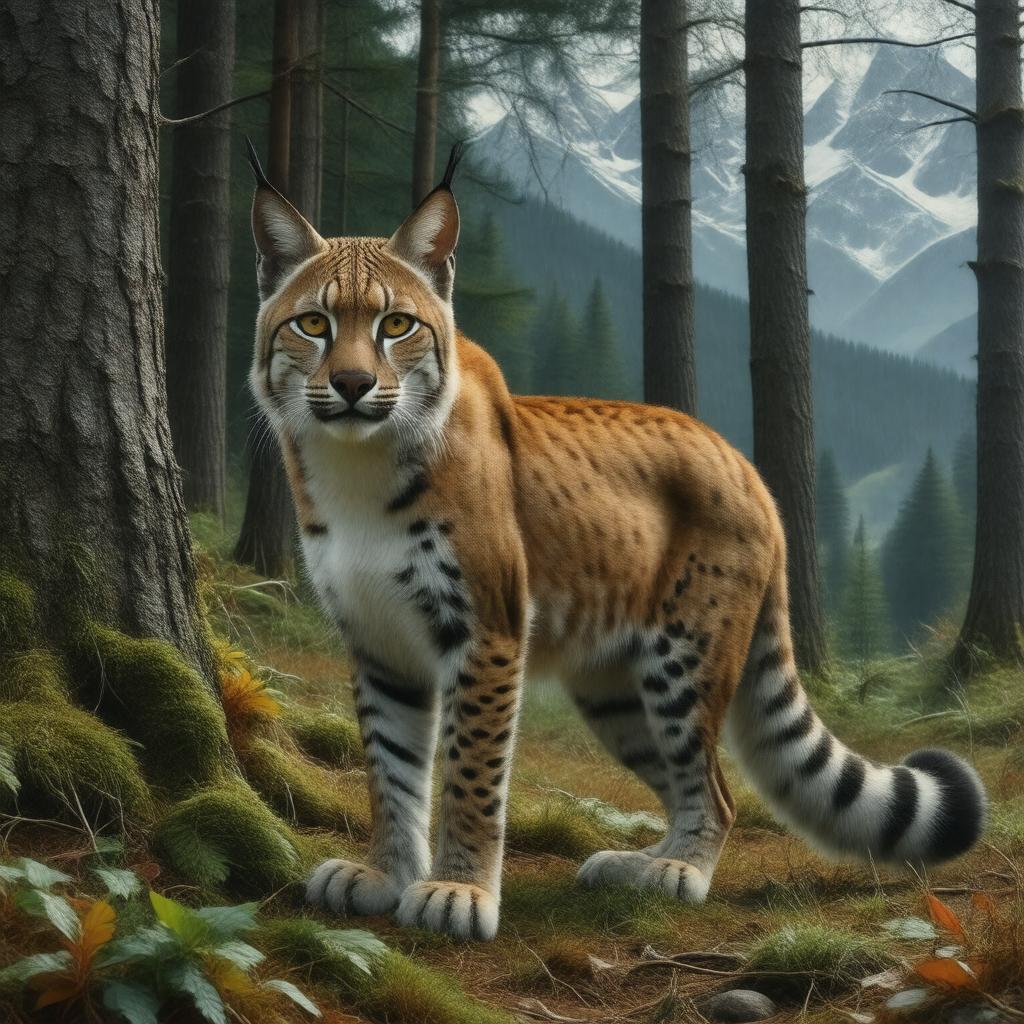
AI-created image
Statements (30)
| Predicate | Object |
|---|---|
| gptkbp:instanceOf |
gptkb:genus
|
| gptkbp:class |
gptkb:Mammalia
|
| gptkbp:commonName |
gptkb:Lynx
|
| gptkbp:conservationStatus |
varies by species
|
| gptkbp:diet |
gptkb:carnivore
|
| gptkbp:distinctiveFeature |
short tail
spotted fur tufted ears |
| gptkbp:distribution |
gptkb:Asia
gptkb:Europe gptkb:Iberian_Peninsula gptkb:North_America |
| gptkbp:family |
gptkb:lion
|
| gptkbp:firstDescribed |
gptkb:Carl_Linnaeus
1758 |
| gptkbp:habitat |
forests
mountains |
| gptkbp:hasSpecies |
gptkb:Lynx_canadensis
gptkb:Lynx_lynx gptkb:Lynx_pardinus gptkb:Lynx_rufus |
| gptkbp:kingdom |
gptkb:Animalia
|
| gptkbp:lifespan |
10-14 years in the wild
|
| gptkbp:order |
gptkb:Carnivora
|
| gptkbp:phylum |
gptkb:Chordata
|
| gptkbp:bfsParent |
gptkb:Beavers
gptkb:IEEE_1394 gptkb:Lesley_University |
| gptkbp:bfsLayer |
4
|
| http://www.w3.org/2000/01/rdf-schema#label |
Lynx
|